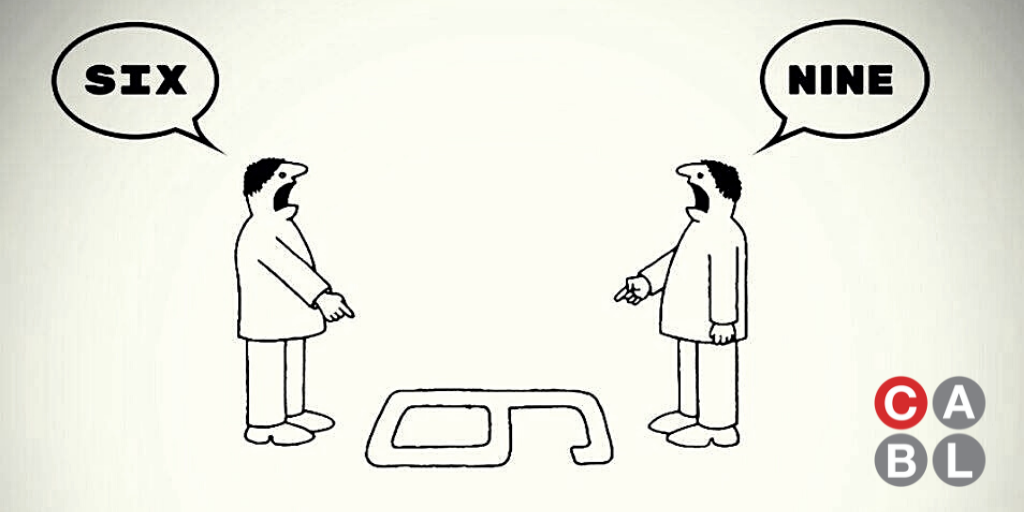Fallacies found in article.
The argument presented by CNN analyst John Blake about digital blackface suffers from a few potential biases and logical fallacies.
Firstly, the argument seems to rely heavily on anecdotal evidence and lacks statistical data to support its claims. Blake provides examples of certain memes and GIFs that he deems racist, but it is unclear how widespread this issue is or how many people actually engage in the practice of digital blackface.
Secondly, the argument appears to engage in confirmation bias by cherry-picking evidence that supports its conclusion and ignoring counterexamples. While some people may use Black cultural expressions for comic relief or to express emotions, this does not necessarily mean that all White people who use these expressions are perpetuating racism.
Thirdly, the argument appears to engage in hasty generalization by making sweeping claims about a group of people based on a few examples. Blake suggests that all White people who share GIFs or memes featuring Black public figures are guilty of perpetuating racism, which is a broad and unsupported claim.
Finally, the argument also suffers from a potential ad hominem fallacy by attacking the credibility of those who disagree with its claims. When critics of the article expressed their disagreement, Blake and his supporters dismissed them as not understanding or caring about the issue of racism. This dismissive attitude does not engage with the substance of their critiques and instead seeks to delegitimize them.
Overall, the argument presented by John Blake may be seen as biased, lacking in empirical evidence, and relying on logical fallacies such as hasty generalization, confirmation bias, and ad hominem attacks.


Comments
Post a Comment